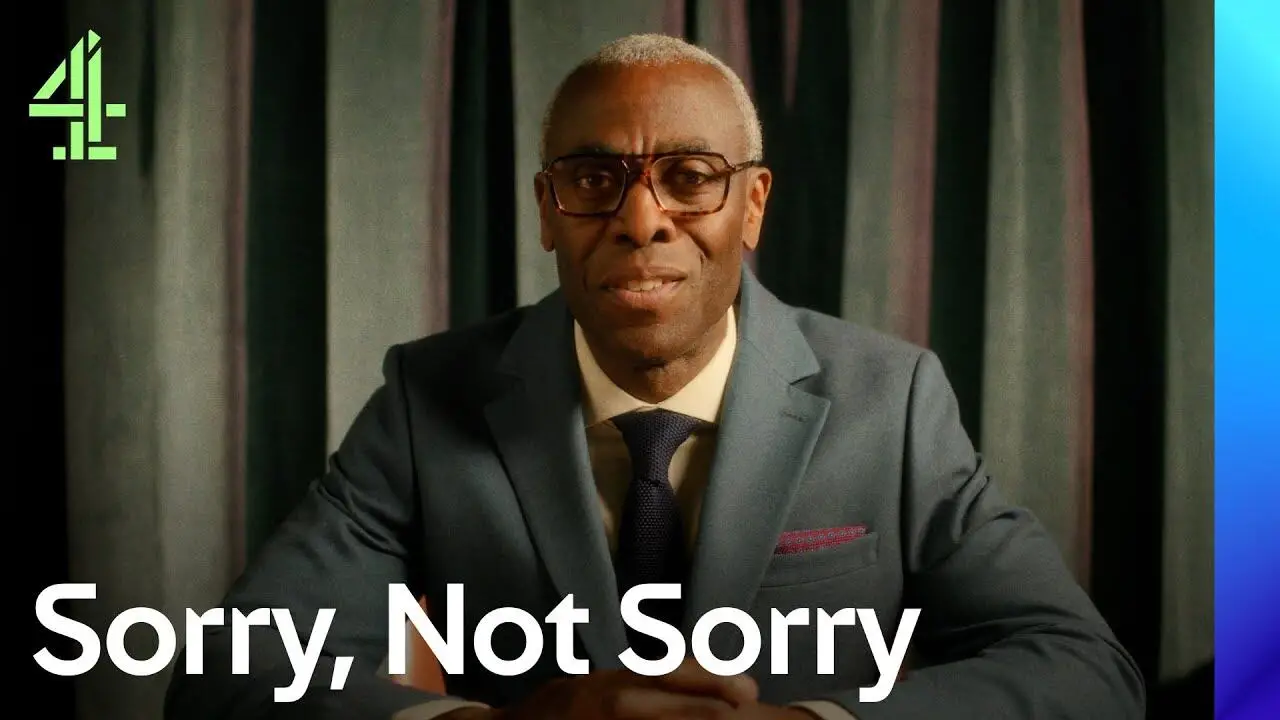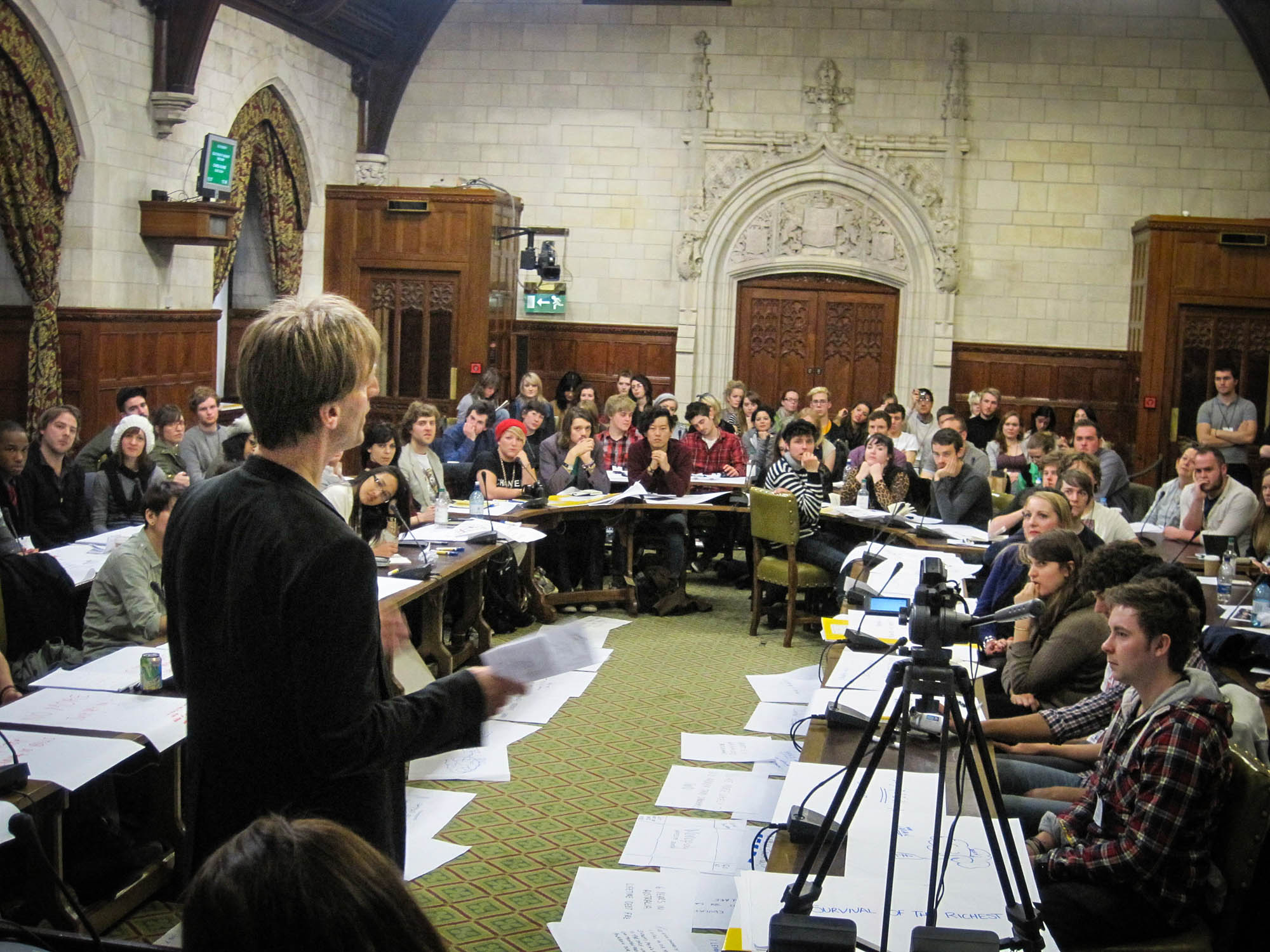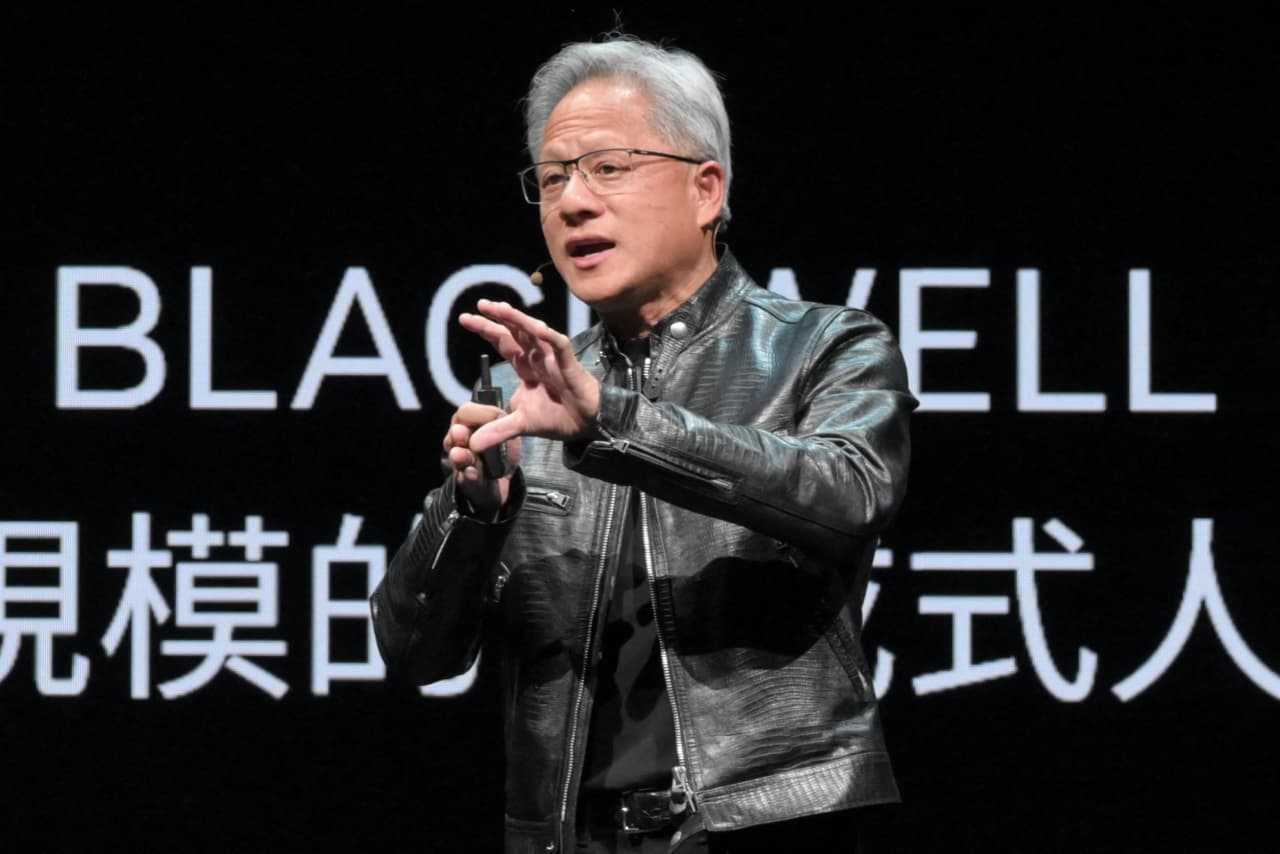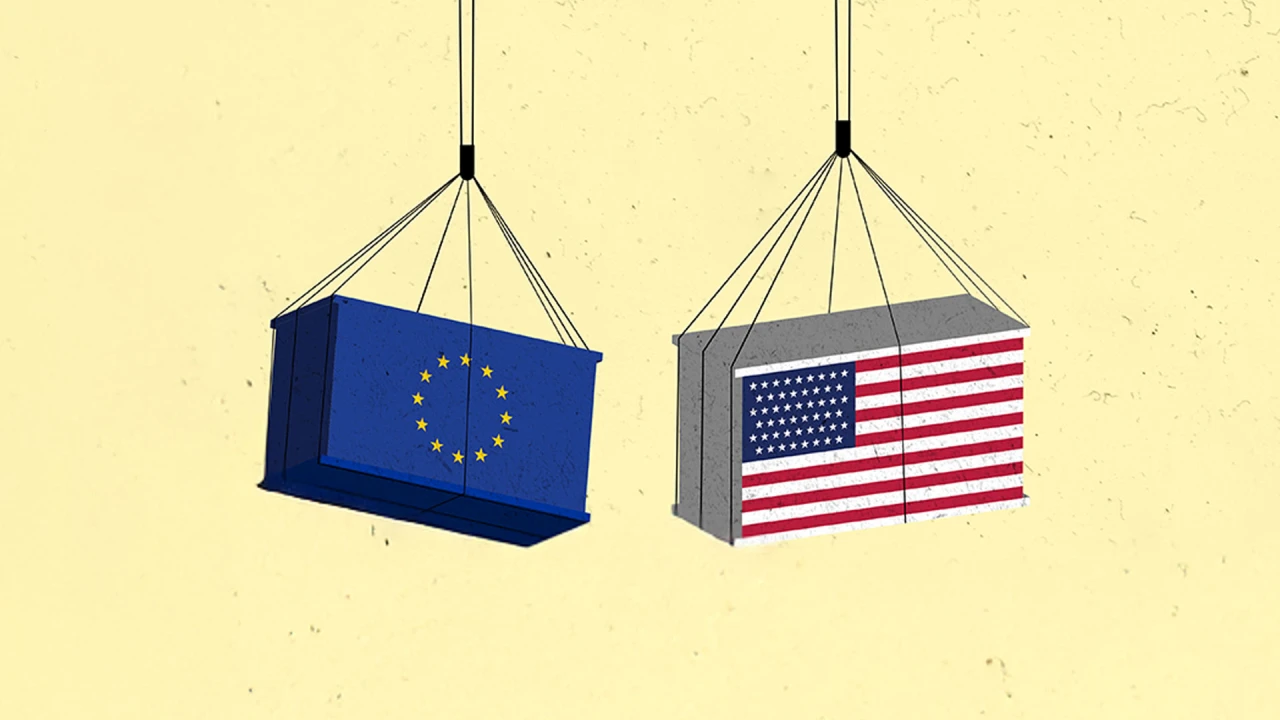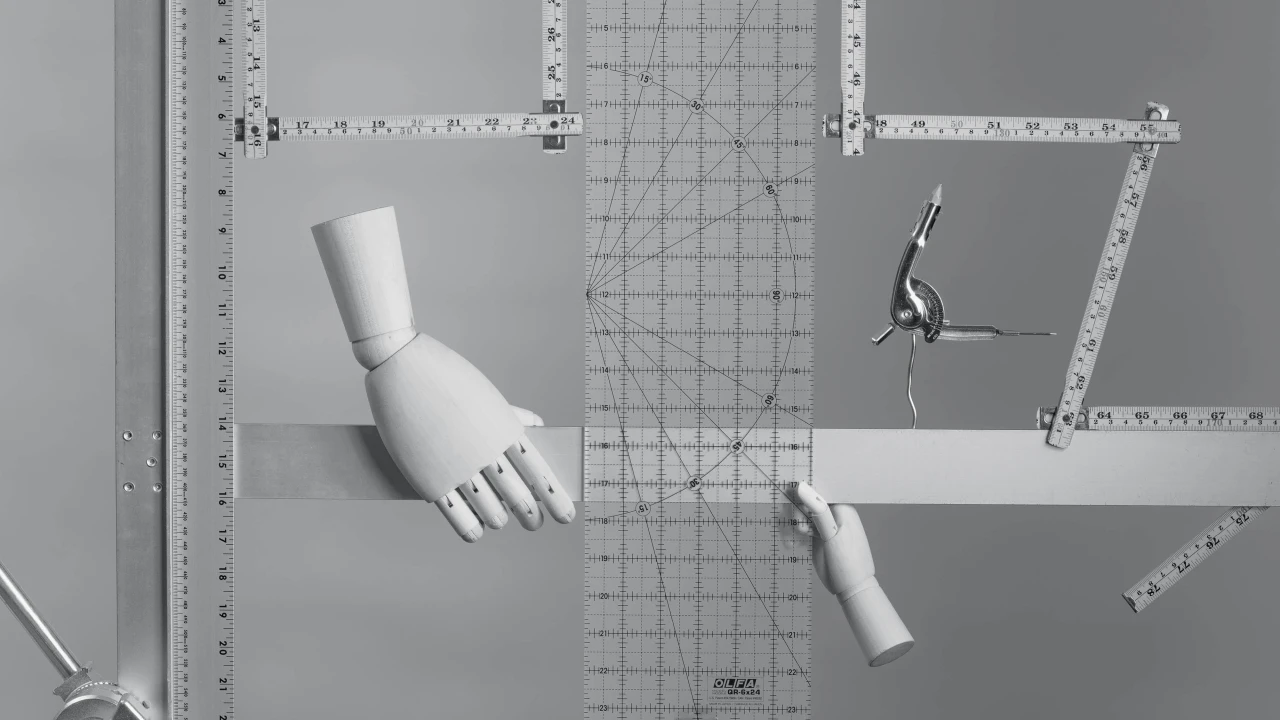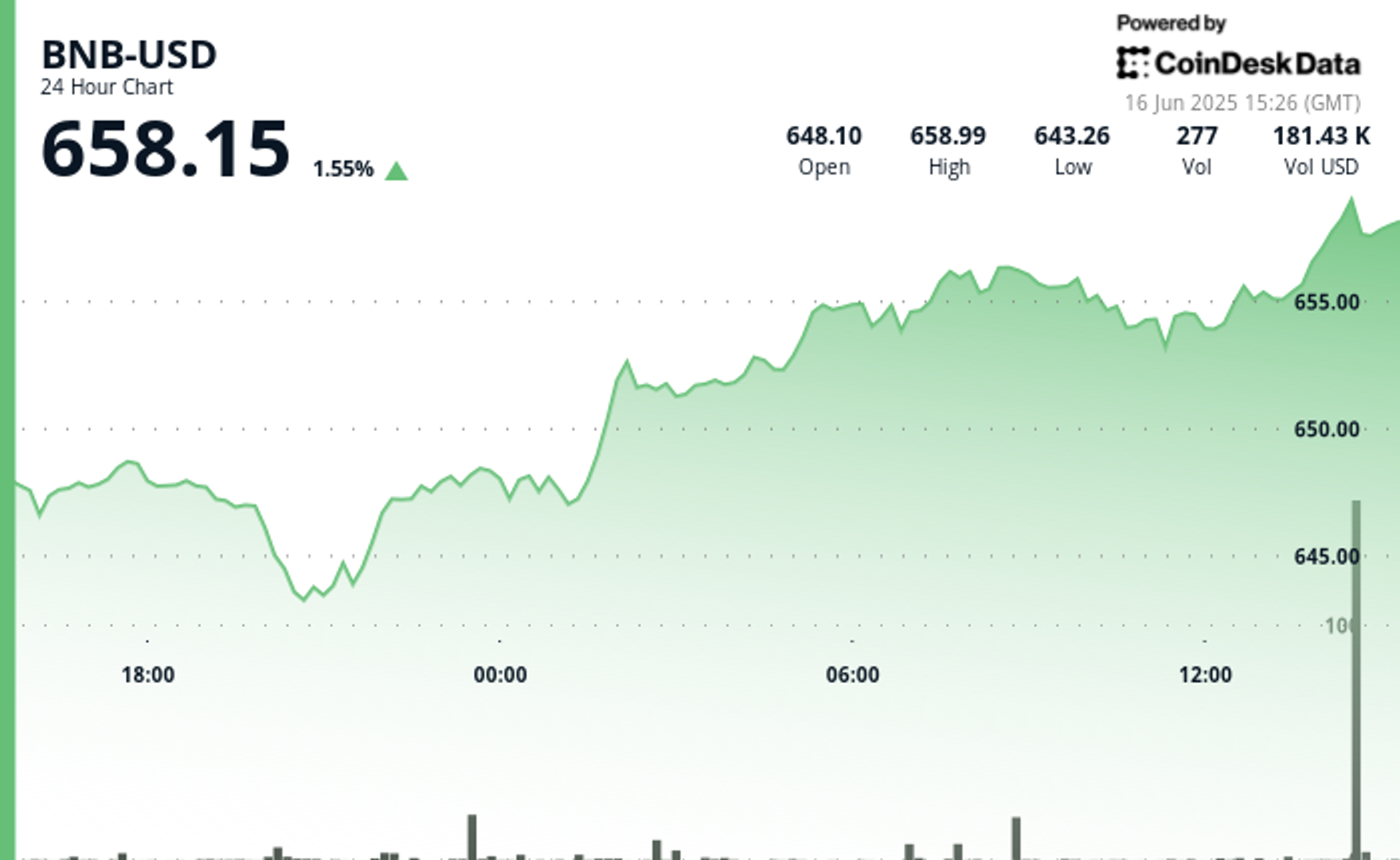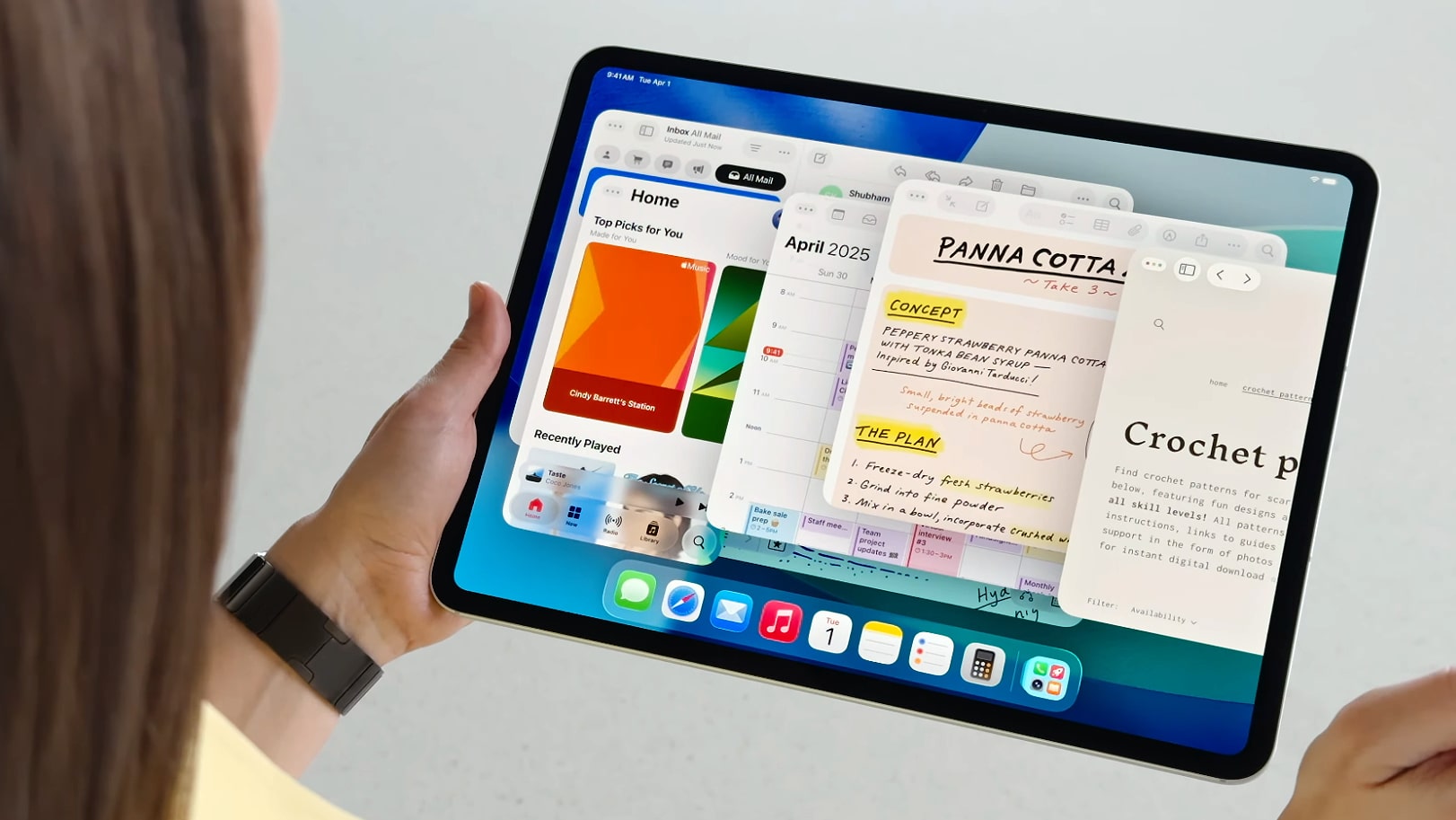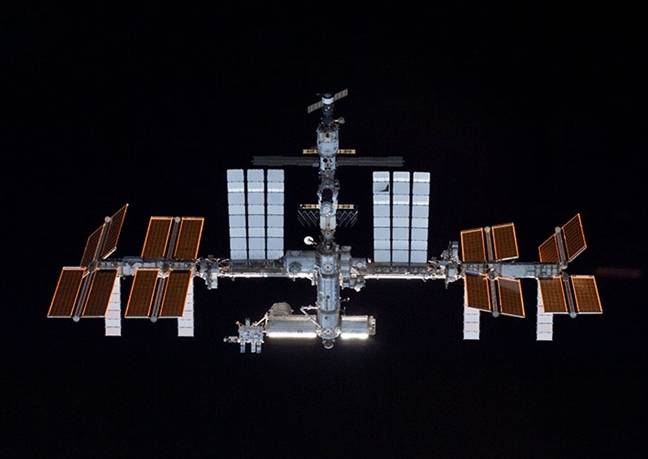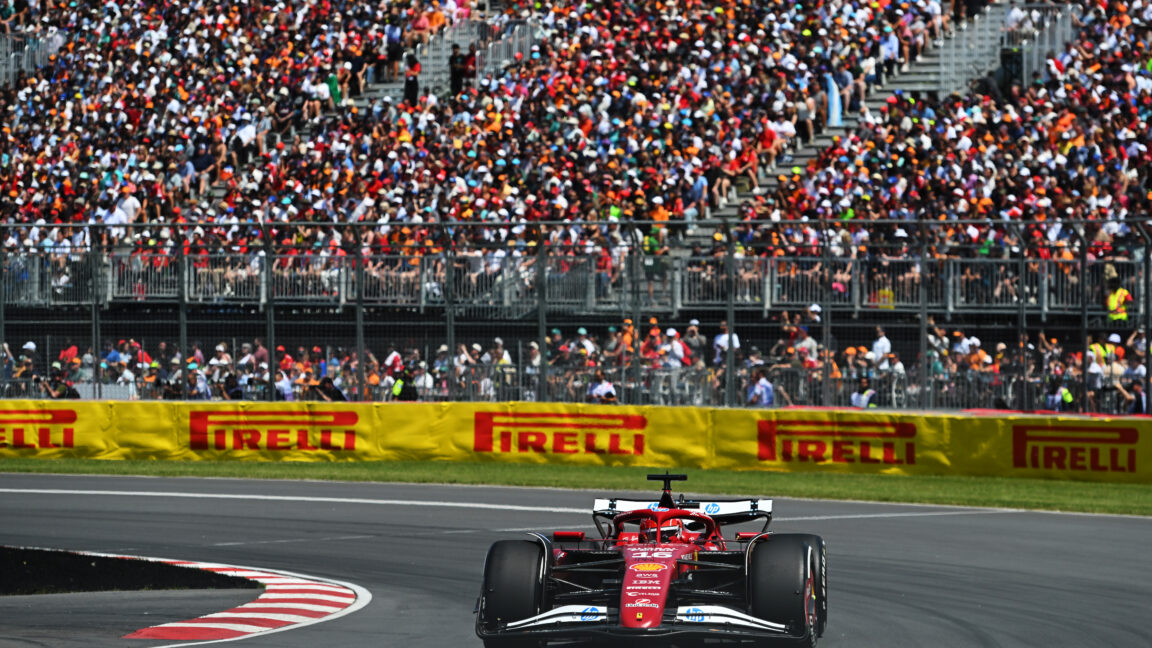Why ‘PeaceTech’ must be the next frontier of innovation and investment
Across the globe, we are witnessing a historic surge in defense spending. In the United States, the 2025 defense budget climbed to over $895 billion—one of the largest increases in peacetime history. Europe is following suit. NATO countries, long reluctant to meet their 2% GDP defense target, are not only catching up—some are even surpassing it. China’s defense budget, too, has grown steadily, now exceeding $240 billion. The logic is simple but sobering: the world feels less secure, and the response has been to arm—faster and broader than at any time since the Cold War. Some of this acceleration is driven by real and growing threats—Russia’s aggression, instability in the Middle East, and rising tensions in the Indo-Pacific. But much of it reflects a self-reinforcing spiral: nations are investing in weapons because others are. In this climate of fear, alliances are being redefined. The transatlantic relationship, once centered on cooperative security, is now being recalibrated around hard power and deterrence. What is peacetech? This shift has also reshaped the technology landscape. Private and public investment is pouring into so-called “dual-use technologies“—AI, data infrastructure, robotics, cyber tools, space assets—that can serve both civilian and military purposes. Palantir, Anduril, Helsing, and others are becoming the darlings of venture capital and defense procurement alike. And yet, amidst this frenzy, a crucial question is being left unasked: Can technology also be used not just to win wars, but to prevent them and save people’s lives? There is an emerging field that dares to pose this question—PeaceTech. It is the use of technology to save human lives, prevent conflict, de-escalate violence, rebuild fractured communities, and secure fragile peace in post-conflict environments. From early warning systems that predict outbreaks of violence, to platforms ensuring aid transparency, to mobile tools connecting refugees to services: PeaceTech is real, it works—and it is radically underfunded. Unlike the vast sums pouring into defense startups, peace building efforts, including PeaceTech organizations and ventures, struggle for scraps. The United Nations Secretary General released in 2020 its ambitious goal to fundraise $1.5 billion in peacebuilding support over a total of seven years. In contrast, private investment in defense tech crossed $34 billion in 2023 alone. Why is PeaceTech so neglected? One reason is cultural: in the tech world, “peace” can seem abstract or idealistic—soft power in a world of hard tech. In reality, peace is not soft; it is among the hardest, most complex challenges of our time. Peace requires systemic thinking, early intervention, global coordination, and a massive infrastructure of care, trust, and monitoring. Maintaining peace in a hyper-polarized, technologically complex world is a feat of engineering, diplomacy, and foresight. And it’s a business opportunity. According to the Institute for Economics and Peace, violence costs the global economy over $17 trillion per year—about 13% of global GDP. Even modest improvements in peace would unlock billions in economic value. Consider the peace dividend from predictive analytics that can help governments or international organizations intervene or mediate before conflict breaks out, or AI-powered verification tools to enforce ceasefires and disinformation controls. PeaceTech, if scaled, could become a multi-billion dollar market—and a critical piece of the security architecture of the future. From dual-use to triple-use So what’s the path forward? We need to expand the current “dual-use” framing of technology—civilian and military—to a “triple-use” paradigm that includes peace as a third pillar. This would mean structuring investments in a way that not only supports battlefield advantage and economic competitiveness, but also actively contributes to conflict prevention, mediation and resolution. Venture capital firms, for instance, could allocate 5–10% of their dual-use investment portfolios to PeaceTech driven ventures. Governments, too, could dedicate slices of their expanded defense budgets to peace building innovation funds. Security alliances like NATO could adopt PeaceTech as part of their doctrine—developing and deploying technologies that de-escalate tensions supported by real solutions rather than just deter or defeat enemies. This is not naïve idealism. It is a pragmatic innovation. During the COVID-19 pandemic, we saw how governments and technologists could come together to build contact tracing apps, accelerate vaccine development, and respond to a global crisis in real time. Why should we not mobilize with the same urgency and ambition to respond to the epidemic of conflict and instability? What is innovation for? Technology is not truly neutral—it is a tool and reflects the priorities of those who fund and deploy it. Right now, our investments signal a beli

Across the globe, we are witnessing a historic surge in defense spending. In the United States, the 2025 defense budget climbed to over $895 billion—one of the largest increases in peacetime history. Europe is following suit. NATO countries, long reluctant to meet their 2% GDP defense target, are not only catching up—some are even surpassing it.
China’s defense budget, too, has grown steadily, now exceeding $240 billion. The logic is simple but sobering: the world feels less secure, and the response has been to arm—faster and broader than at any time since the Cold War.
Some of this acceleration is driven by real and growing threats—Russia’s aggression, instability in the Middle East, and rising tensions in the Indo-Pacific. But much of it reflects a self-reinforcing spiral: nations are investing in weapons because others are. In this climate of fear, alliances are being redefined. The transatlantic relationship, once centered on cooperative security, is now being recalibrated around hard power and deterrence.
What is peacetech?
This shift has also reshaped the technology landscape. Private and public investment is pouring into so-called “dual-use technologies“—AI, data infrastructure, robotics, cyber tools, space assets—that can serve both civilian and military purposes. Palantir, Anduril, Helsing, and others are becoming the darlings of venture capital and defense procurement alike. And yet, amidst this frenzy, a crucial question is being left unasked: Can technology also be used not just to win wars, but to prevent them and save people’s lives?
There is an emerging field that dares to pose this question—PeaceTech. It is the use of technology to save human lives, prevent conflict, de-escalate violence, rebuild fractured communities, and secure fragile peace in post-conflict environments.
From early warning systems that predict outbreaks of violence, to platforms ensuring aid transparency, to mobile tools connecting refugees to services: PeaceTech is real, it works—and it is radically underfunded.
Unlike the vast sums pouring into defense startups, peace building efforts, including PeaceTech organizations and ventures, struggle for scraps. The United Nations Secretary General released in 2020 its ambitious goal to fundraise $1.5 billion in peacebuilding support over a total of seven years. In contrast, private investment in defense tech crossed $34 billion in 2023 alone.
Why is PeaceTech so neglected?
One reason is cultural: in the tech world, “peace” can seem abstract or idealistic—soft power in a world of hard tech. In reality, peace is not soft; it is among the hardest, most complex challenges of our time. Peace requires systemic thinking, early intervention, global coordination, and a massive infrastructure of care, trust, and monitoring. Maintaining peace in a hyper-polarized, technologically complex world is a feat of engineering, diplomacy, and foresight.
And it’s a business opportunity. According to the Institute for Economics and Peace, violence costs the global economy over $17 trillion per year—about 13% of global GDP. Even modest improvements in peace would unlock billions in economic value.
Consider the peace dividend from predictive analytics that can help governments or international organizations intervene or mediate before conflict breaks out, or AI-powered verification tools to enforce ceasefires and disinformation controls. PeaceTech, if scaled, could become a multi-billion dollar market—and a critical piece of the security architecture of the future.
From dual-use to triple-use
So what’s the path forward?
We need to expand the current “dual-use” framing of technology—civilian and military—to a “triple-use” paradigm that includes peace as a third pillar. This would mean structuring investments in a way that not only supports battlefield advantage and economic competitiveness, but also actively contributes to conflict prevention, mediation and resolution.
Venture capital firms, for instance, could allocate 5–10% of their dual-use investment portfolios to PeaceTech driven ventures. Governments, too, could dedicate slices of their expanded defense budgets to peace building innovation funds. Security alliances like NATO could adopt PeaceTech as part of their doctrine—developing and deploying technologies that de-escalate tensions supported by real solutions rather than just deter or defeat enemies.
This is not naïve idealism. It is a pragmatic innovation. During the COVID-19 pandemic, we saw how governments and technologists could come together to build contact tracing apps, accelerate vaccine development, and respond to a global crisis in real time. Why should we not mobilize with the same urgency and ambition to respond to the epidemic of conflict and instability?
What is innovation for?
Technology is not truly neutral—it is a tool and reflects the priorities of those who fund and deploy it. Right now, our investments signal a belief that conflict is inevitable and peace is accidental. We can and must reverse that logic.
In the age of AI and digital dominance, “Pax Technica” is emerging—not as utopia, but as a strategy: peace through technological strength. PeaceTech and defense must work hand in hand to develop the most effective technologies—not just to prevent conflict, but to build stability and save lives. Without speed, seamless integration, and real-time adaptability, even the most advanced PeaceTech and defense systems will fail in critical missions.
The future depends on the rapid mobilization of technological innovation—to respond to threats, protect civilians, and secure peace before violence erupts.
We are already building the tools that will shape the future of security. The question is whether we’ll use them only to wage war—or also to build peace and save millions people’s lives.













